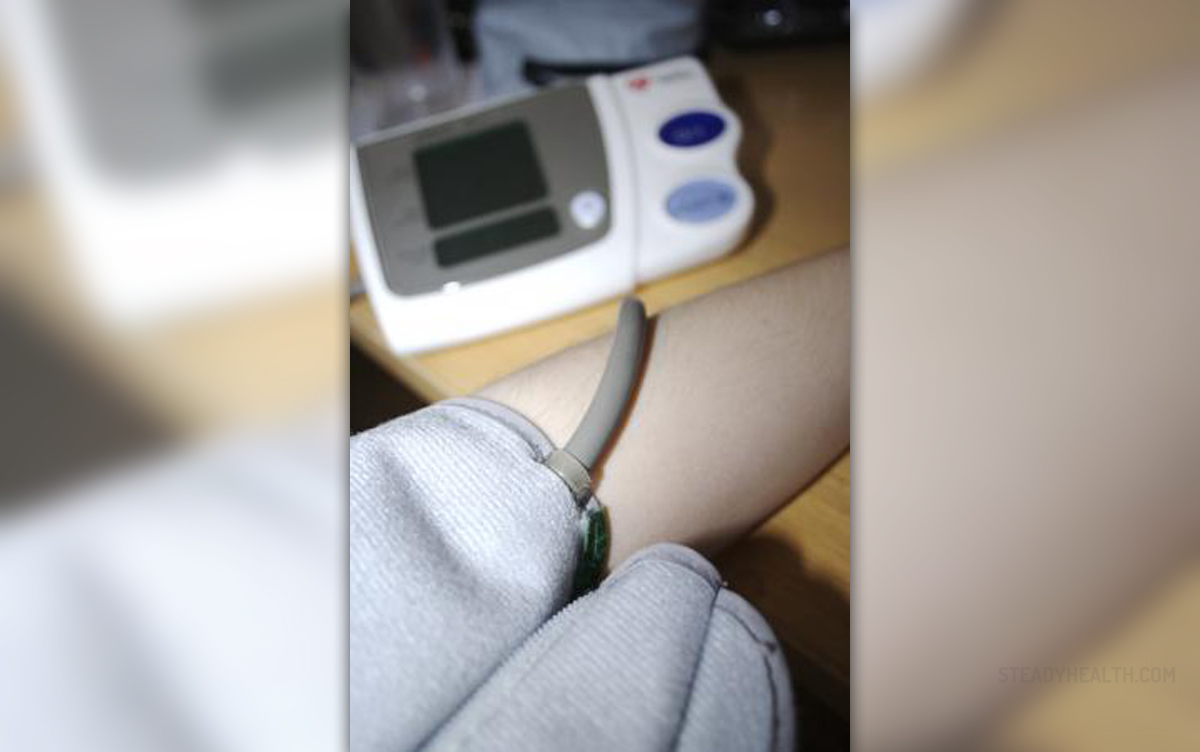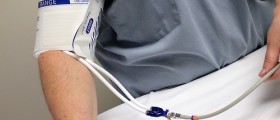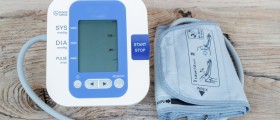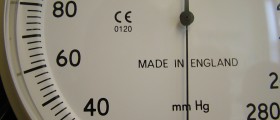
Blood Pressure
Blood in our body always moves in the circular motion. Blood filledwith oxygen goes from the heart to all other parts of the body and blood vesselsthat have such function are called arteries. Blood pumps the blood from theheart to the organs and tissues in the body, and when it gets filled withcarbon dioxide (or de-oxygenated, freed from oxygen it carried) veinsdistribute that blood to the lungs, to fill it again with fresh oxygen.
Blood pressure is the pressure in the arteries, measured whenthe heart pumps the blood out.
There are systolic and diastolic blood pressures. Systolic pressureis the pressure of the blood pumped out from the heart, while diastolic is thepressure experienced in the arteries when the heart is as rest (between theheartbeats). Systolic blood pressure is always the upper number shown on thescreen when measuring the blood pressure and diastolic is the lower number.
Age affects the blood pressure significantly, as well as thegender, height, weight and the surrounding. Genetic predisposition and some medicalconditions, like diabetes, could also affect your blood pressure. In most casesblood pressure is higher than it normally should be. Stress, cigarettes andalcohol are factors that increase the possibility of developing hypertension atsome point of the life. Healthy lifestyle, which includes healthy eating habitsand regular physical activity can benefit your blood pressure and maintainit normal.
Consult your doctor about your blood pressure. If necessary he/shewill prescribe you some medications in order to keep your blood pressure normaland avoid potential medical consequences of hypertension.
Hyper and Hypo-tension
Blood pressure is measured in mmHg, and the value of 120/80 mmHgis considered normal. All measured values below that pressure are considered aslow blood pressure (hypotension) and values higher than 120/80 are known as highblood pressure (hypertension).
Precisely, systolic blood pressure of about 50-90 anddiastolic of 35 to 60mmHg is known as low blood pressure or hypotension. Numbersfrom 90 to 100 (systolic) and 60 to 70mmHg (diastolic pressure) are also calledlow normal blood pressure.
As perfectly normal blood pressure, doctors consider 100 to130mmHg for systolic pressure and 70 to 85 for diastolic blood pressure.
If you happen to measure over 140 (to 160) mmHg systolic and90 to 110mmHg diastolic blood pressure, you are suffering from high bloodpressure. However, only people with measured values over 160 to 230mmHg ofsystolic blood pressure and 110 to 135mmHg diastolic pressure are considered ashypertension patients.

















Your thoughts on this
Loading...